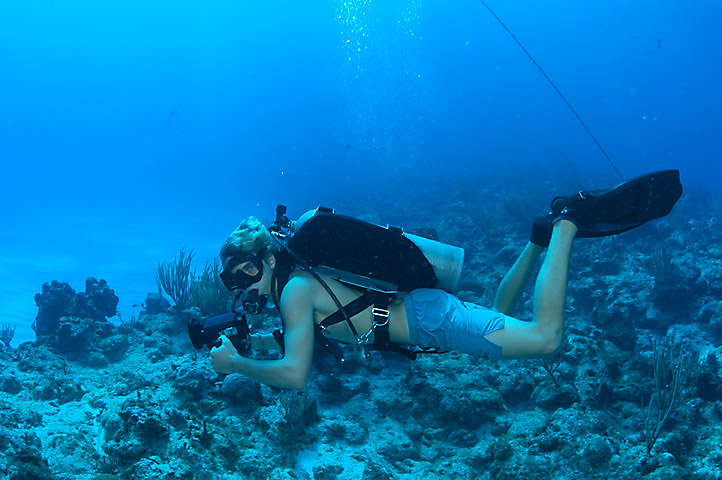Dhboner
Contributor
Hi guys,
My son is making the switch to the DIR philosohy and we have had some "spirited" discussion of the relative merits. I'm not a convert yet although I do see alot of the advantages. There are two quick questions that I would love to get informed answers to from the DIR community.
First, what is the drawback of a plastic tank protector. I can see that someone might not think they are necessary but why are they "forbidden" in the DIR configuration.
Secondly, why is a canister light mandatory as opposed to any other kind of reliable high powered light. Canister lights are INCREDIBILY expensive and I have seen some really powerful non-canister lights but my son tells me that a canister is the required light in a DIR configuration.
I'm just a crusty old trying to understand!
My son is making the switch to the DIR philosohy and we have had some "spirited" discussion of the relative merits. I'm not a convert yet although I do see alot of the advantages. There are two quick questions that I would love to get informed answers to from the DIR community.
First, what is the drawback of a plastic tank protector. I can see that someone might not think they are necessary but why are they "forbidden" in the DIR configuration.
Secondly, why is a canister light mandatory as opposed to any other kind of reliable high powered light. Canister lights are INCREDIBILY expensive and I have seen some really powerful non-canister lights but my son tells me that a canister is the required light in a DIR configuration.
I'm just a crusty old trying to understand!






